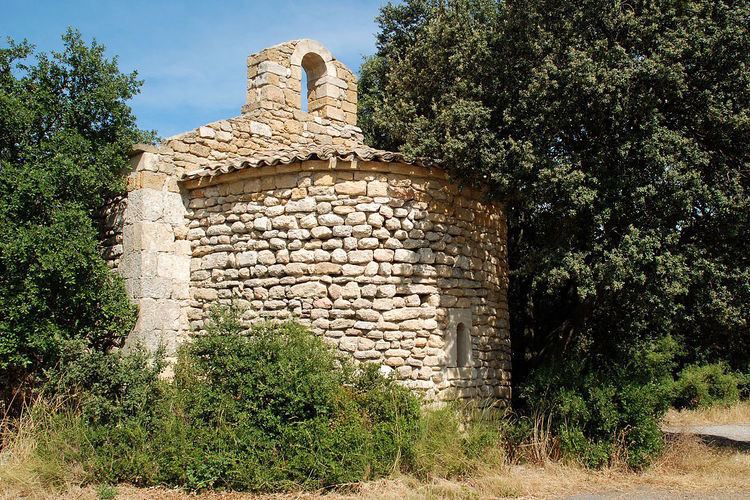Canton Eyguières Area 16.78 km² Arrondissement Arles | Population (2014) 2,468 Local time Sunday 1:58 AM | |
 | ||
Intercommunality Salon-Étang de Berre-Durance Weather 1°C, Wind E at 5 km/h, 84% Humidity | ||
Alleins is a French commune in the Bouches-du-Rhône department in the Provence-Alpes-Côte d'Azur region of southern France.
Contents
- Map of 13980 Alleins France
- Geography
- History
- French Revolution
- Administration
- Demography
- Civil heritage
- Religious heritage
- References
Map of 13980 Alleins, France
The inhabitants of the commune are known as Alleinois or Alleinoises
Geography
Alleins is located some 45 km south-east of Avignon and 10 km north-east of Salon-de-Provence. It can be accessed by the D16 road from Salon-de-Provence which passes through the village and continues north-east to Mallemort. The D23 road from Lamanon to Mallemort also passes through the north of the commune. The Électricité de France Canal passes through the north of the commune from west to east. Most of the commune is farmland but the whole area south of the village is heavily forested. The TGV Railway line from Avignon to Marseilles passes through the commune but there is no station.
There are numerous streams and canals in the commune in all areas.
History
In April 1545, during the wars of religion, Alleins was pillaged by troops of Paulin de la Garde under the direction of Jean Maynier, the lord of Oppede and first president of the Parliament of Aix. The land was confiscated and the people massacred.
French Revolution
A Committee of Revolutionary Surveillance was established in Alleins in 1793. It was made up partly of simple peasants who were sometimes illiterate and this institution somehow marked the democratic heyday of the Revolution. Illiterate members took their place in the debates and in turn occupied the place of president. The committee in charge of monitoring the implementation of laws devoted much of their time to reading, copying, and discussing their scope thus contributing to the political and democratic education of citizens. In their primary mission, to arrest suspects, they were very cautious and legalistic unlike the tyrannical reputation of these committees. They also defended the village community, for example in the case of the statue of Equality which was overturned in June 1794. After investigation, a committee member after meeting the Représentant en mission Maignet spared any untoward consequence for the commune.
Administration
List of Successive Mayors
(Not all data is known)
Demography
In 2012, the commune had 2,428 inhabitants. The evolution of the number of inhabitants is known through the population censuses conducted in the commune since 1793. From the 21st century, a census of communes with fewer than 10,000 inhabitants is held every five years, unlike larger towns that have a sample survey every year.
Sources : Ldh/EHESS/Cassini until 1962, INSEE database from 1968 (population without double counting and municipal population from 2006)
Civil heritage
The commune has two sites that are registered as historical monuments:
Religious heritage
The commune has two religious sites that are registered as historical monuments:
